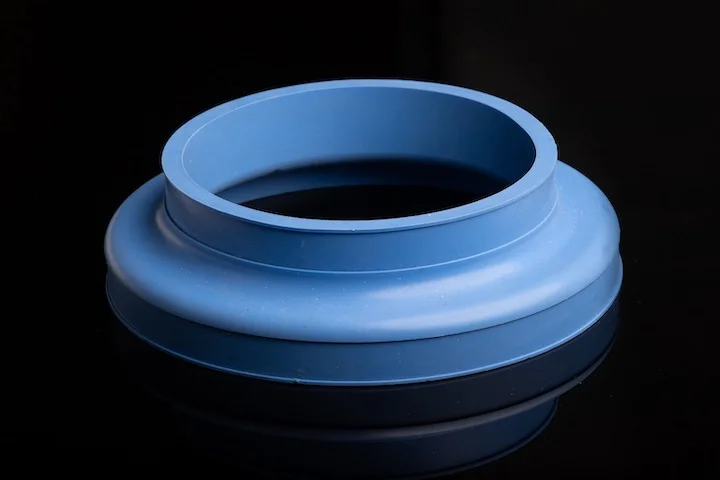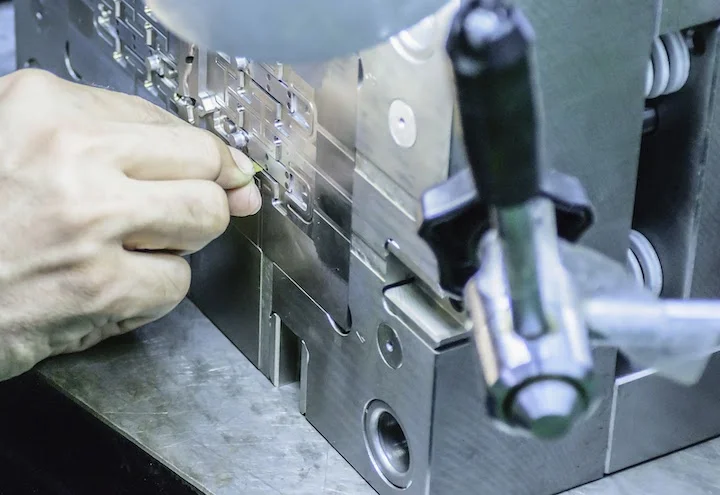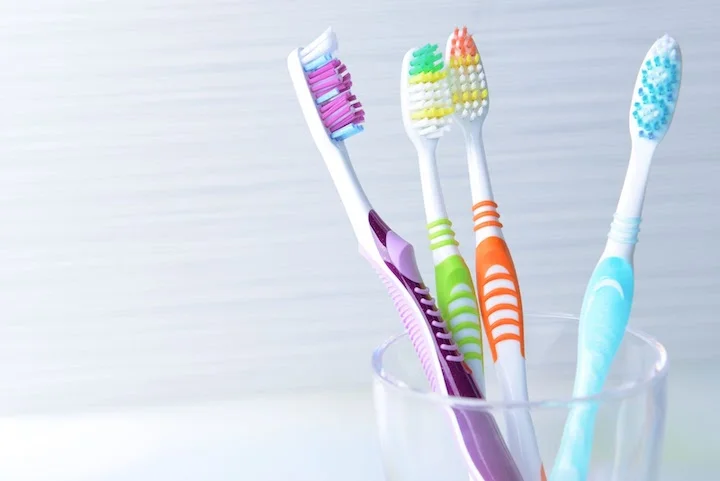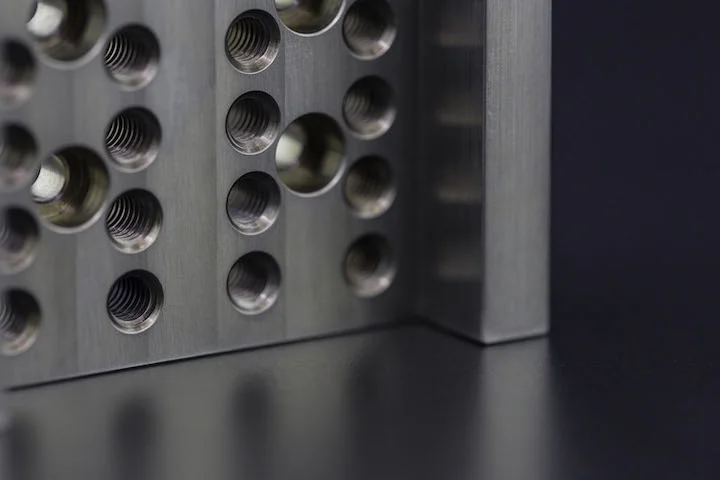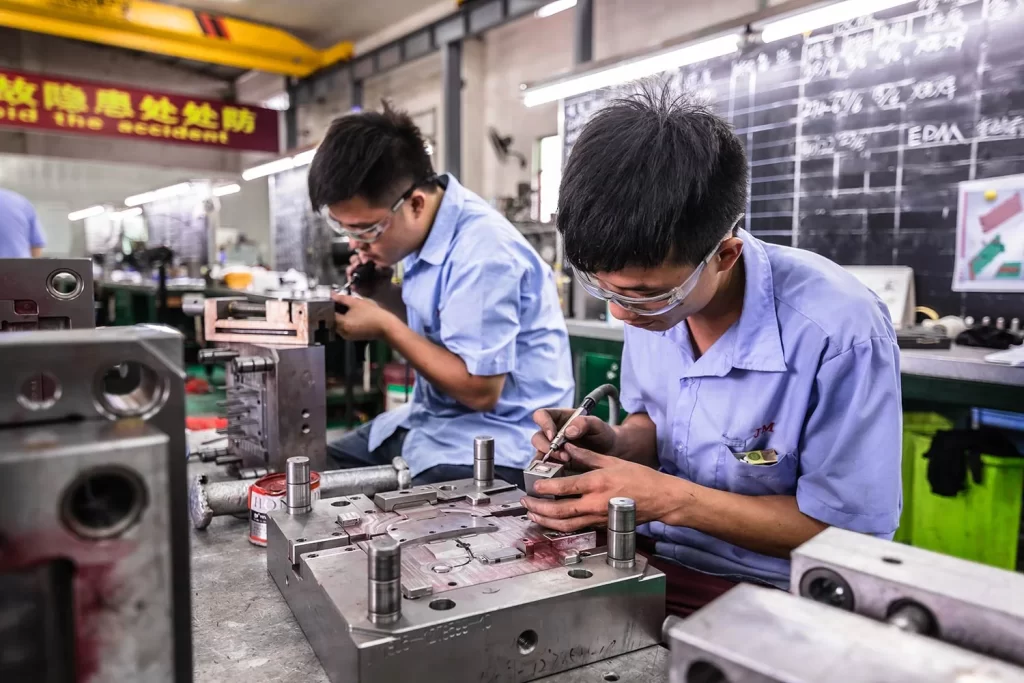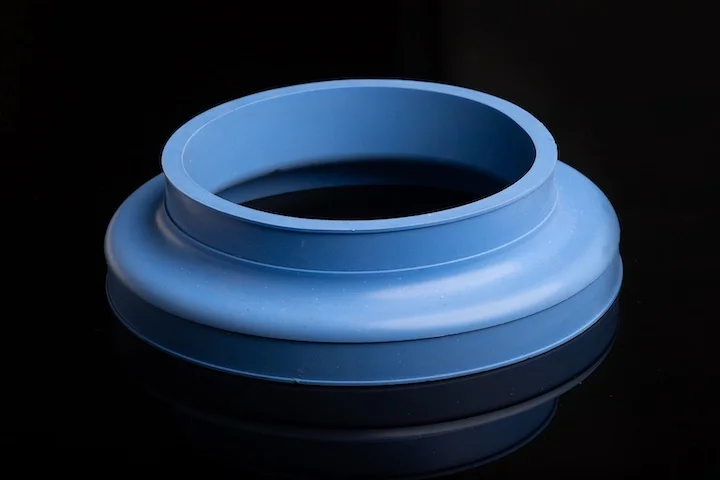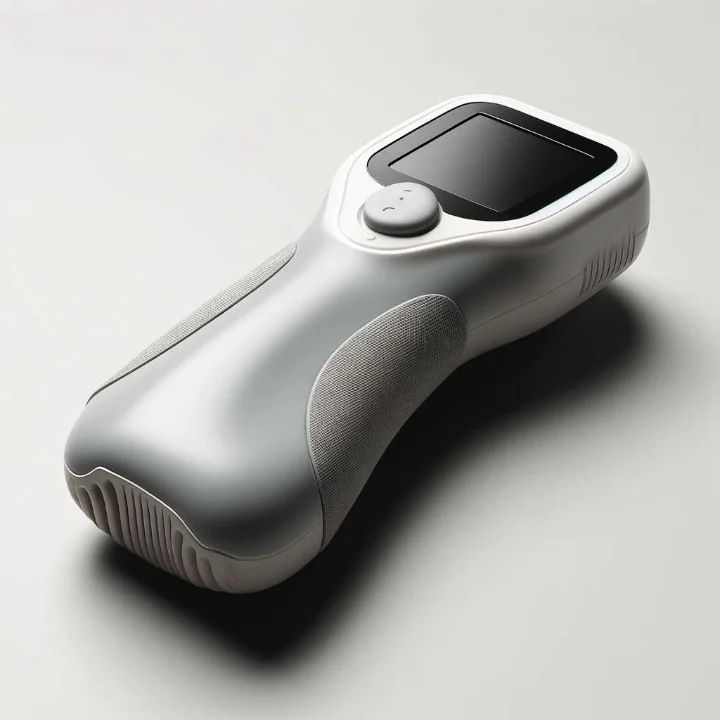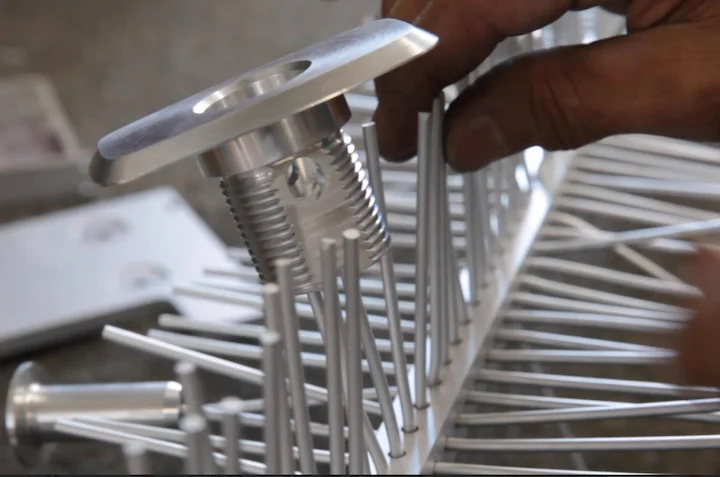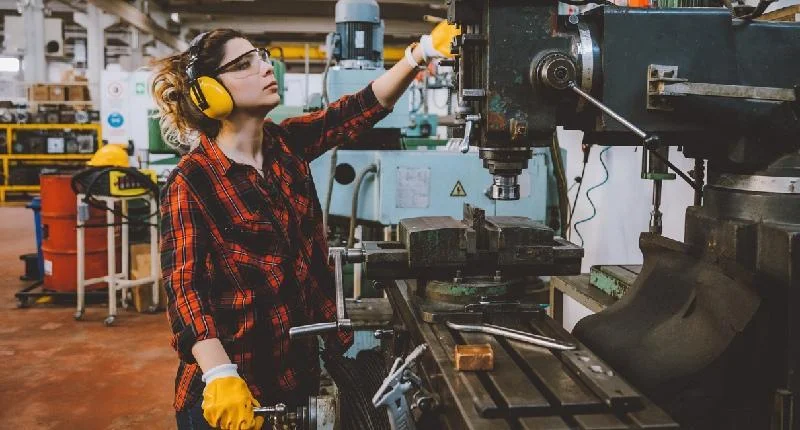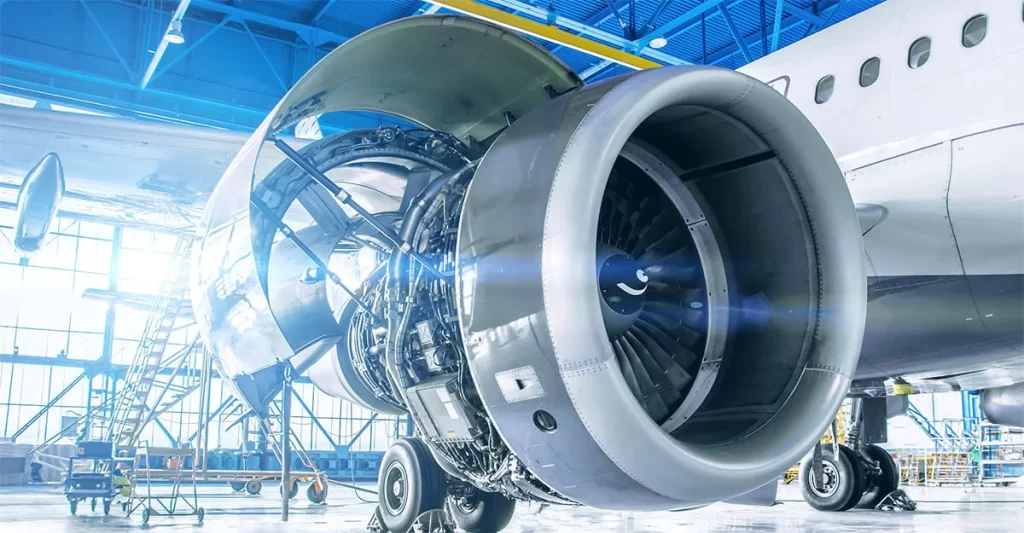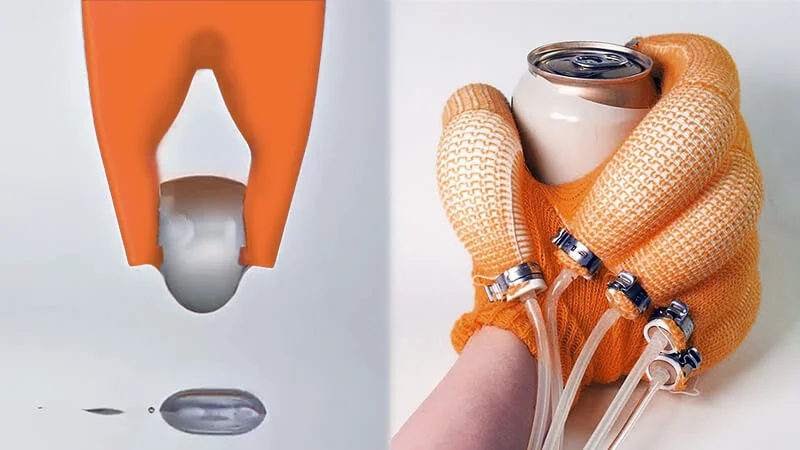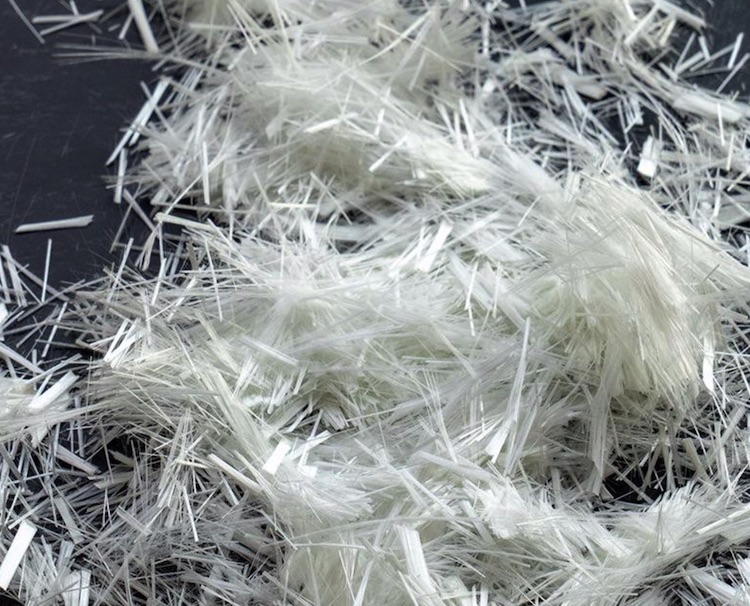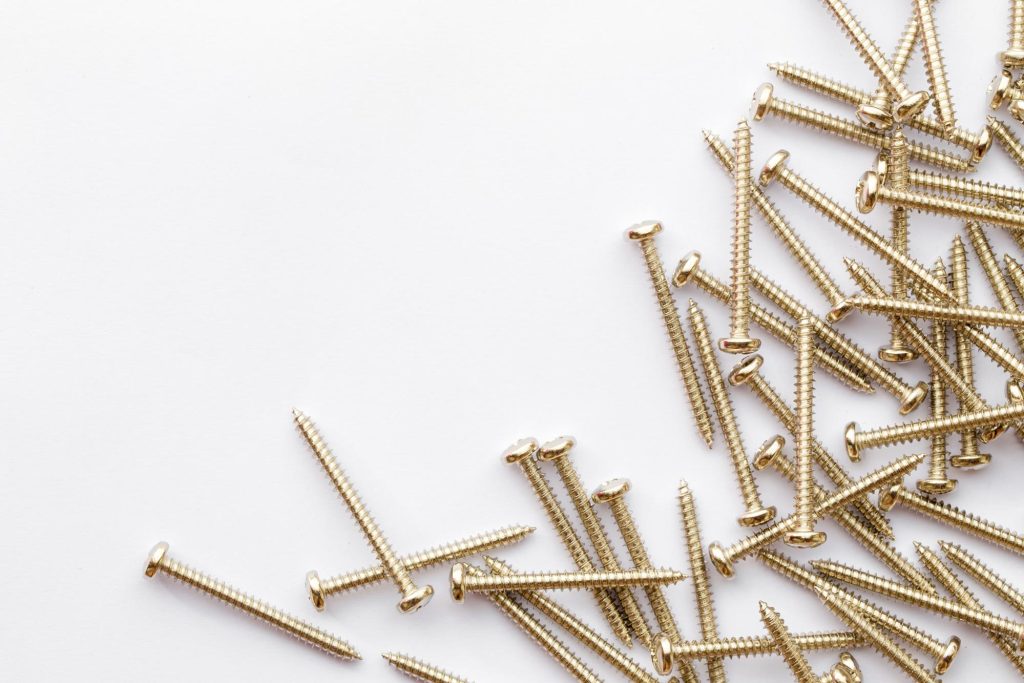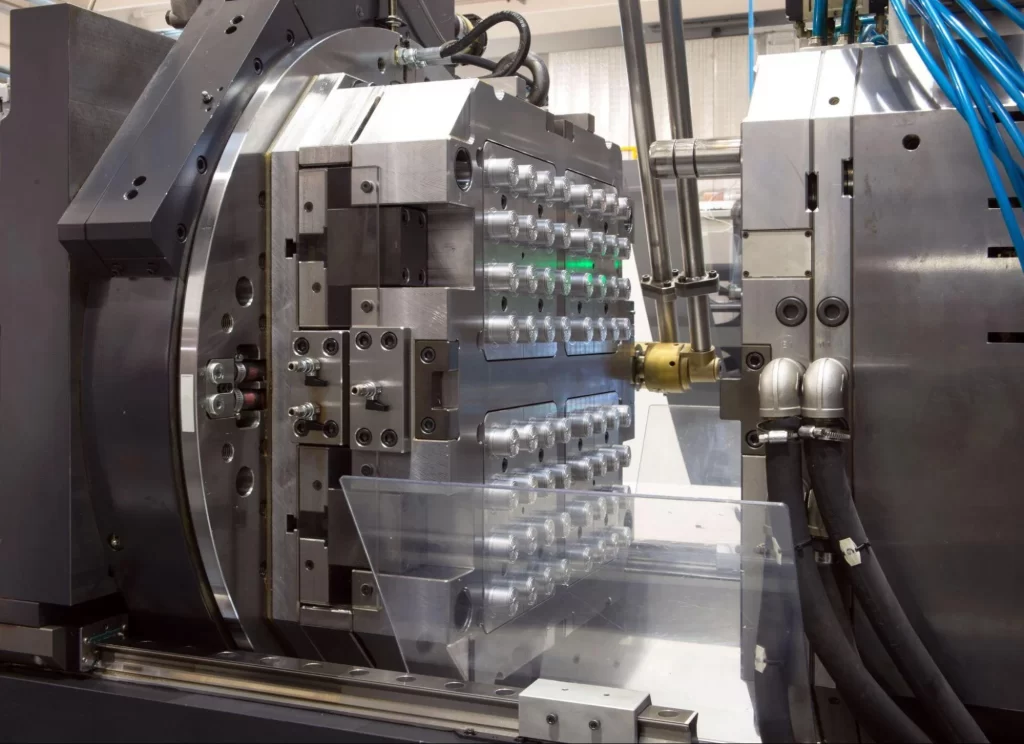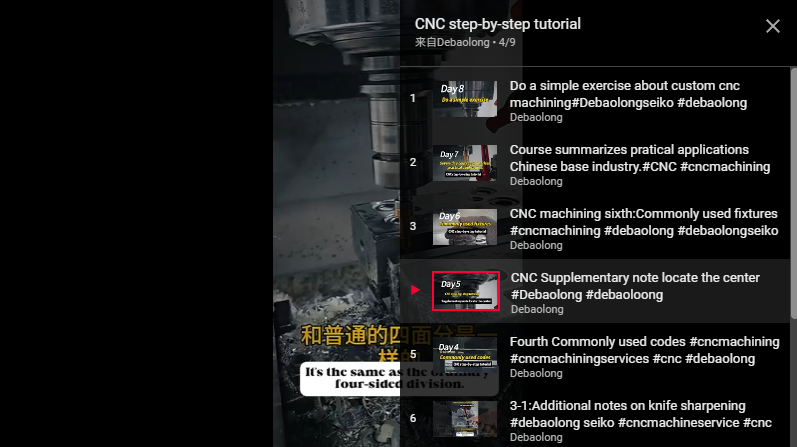In modern industrial manufacturing, an increasing number of companies across various industries are adopting fully automatic CNC engraving machines, as they offer numerous advantages over traditional mechanical manufacturing tools. However, while CNC engraving machines bring significant benefits, they also have certain drawbacks. In this guide, we will delve into the advantages and disadvantages of CNC engraving machines.
What Is a CNC Engraving Machine?
A CNC engraving machine is an intelligent manufacturing tool. 2D/3D engraving is completed step-by-step using a computer numerical control (CNC) system according to the tool paths created by CAD software. Modern CNC engraving machines are no longer limited to basic prototyping; they can produce complex geometric shapes, with motion capabilities ranging from 3-axis to 5-axis, covering fields from woodworking to metal processing.
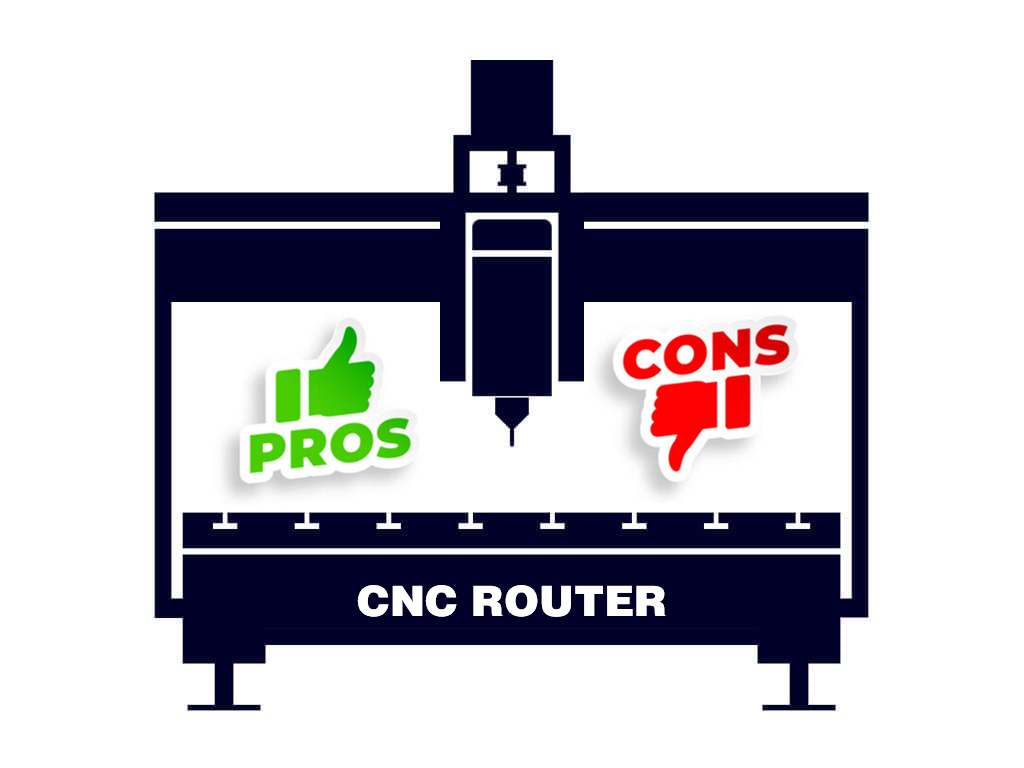
Advantages of CNC Engraving Machines
CNC engraving machines offer numerous benefits due to their inherent strengths. Here is a breakdown of their main advantages:
✅ High Precision and Accuracy
CNC engraving machines feature sophisticated structures with extremely high mechanical and positioning accuracy, reaching up to 0.01 millimeters. They can automatically mill and cut CAD designs into high-quality finished products without human operational errors.
✅ High Repeatability
Once a program is established, CNC engraving machines can batch-produce identical parts repeatedly, which is crucial for large-scale production with strict quality standards.
✅ Improved Productivity and Speed
Compared with handheld engravers, CNC engraving machines operate faster and more continuously, even running automatically around the clock. Automatic tool changers reduce downtime between operations, enabling complex multi-process tasks to be completed in a single setup.
✅ Capability for Complex Geometry and Intricate Details
They can cut complex 2D, 2.5D, and true 3D shapes that are impossible or extremely time-consuming to create by hand—such as elaborate carvings, delicate contours, and 3D reliefs. Any fine-detail work can be easily accomplished.
✅ Reduced Labor Costs and Operator Fatigue
Due to the automation of complex tasks, they require less skill from operators than traditional craftsmanship (though programming still demands skilled labor). Operators can typically manage multiple machines with ease, eliminating the physical labor of manual operations.
✅ Versatility
CNC engraving machines can perform various operations, such as cutting, engraving, milling, drilling, slotting, and chamfering. They can also process various materials, from wood to metal, foam to plastic, and even stone and ceramics (with suitable drills).
✅ Enhanced Safety
Operators have minimal contact with cutting tools during the entire processing. Spindles and moving parts are usually enclosed, reducing risks associated with manual operations.
✅ Optimized Material Usage and Reduced Waste
Automatic nesting software can optimize the arrangement of parts on raw material plates, minimizing waste and improving material utilization. More precise cutting compared to human error means less unnecessary material removal.
✅ Rapid Prototyping and Design Iteration
They enable quick conversion of CAD designs into physical prototypes for testing and evaluation. Simply modifying the CAD file and recutting the adjusted parts streamlines the design process.
✅ Scalability
Manufacturing can be scaled from single prototypes to small batches or large-scale production by resubmitting the program.
✅ Consistent Quality
Each part produced from the same program meets the same precise specifications, ensuring consistency throughout production.
✅ Integration with Design Workflows
Smooth integration with standard CAD (Computer-Aided Design) and CAM (Computer-Aided Manufacturing) software enables a seamless digital process from design to finished product.
Disadvantages of CNC Engraving Machines
While CNC engraving machines offer significant benefits, it is essential to be aware of their drawbacks. Here is an objective description of their main disadvantages:
❌ High Initial Investment
Most entry-level small engraving machines cost at least $2,000, while professional and industrial-grade CNC machines are even pricier, ranging from $8,000 to over $100,000. Additionally, costs for software (CAD/CAM), tools (drills), dust collection systems, workpiece clamping (fixtures, vacuum pumps), and even facility upgrades (power, space) must be considered.
❌ Steep Learning Curve and High Skill Requirements
- Programming (CAM): Developing error-free, optimized tool paths is not easy and requires sufficient CAD/CAM skills and experience, which differ from operating the machine itself.
- Operation and Setup: Setting up CNC machines (e.g., tool selection, cutting parameter adjustment), defining workpiece offsets (especially on the Z-axis), and understanding how to troubleshoot require training, skills, and time.
- Maintenance: Knowledge of basic mechanical and electrical maintenance is crucial to maximize uptime.
❌ Long Setup and Programming Time
- Not Always Instant: For one-off or small-batch production, the time spent on design (CAD), programming (CAM), tool/material setup, and sometimes program verification may exceed the time needed to manufacture parts using a saw, milling machine, or lathe.
- Complexity = Time: Complex tool paths, whether from CAD designs or part geometry, may require extra programming and processing time.
❌ High Ongoing Operational Costs
- Tools: Tools (end mills, routers) wear out and break. These tools are expensive, especially when processing hard materials (metals and composites).
- Maintenance: Lubrication, calibration, belt/guide replacement, spindle maintenance, and repairs are all operational costs.
- Power Consumption: Large industrial mills consume significant power during high-intensity cutting due to high torque and speed.
- Software Updates/Subscriptions: CAD/CAM software often requires ongoing paid updates or subscriptions.
❌ Material Waste During Learning and Setup
- Trial and Error: Material is frequently wasted due to programming, setup, or tool decision errors, leading to damaged materials (known as “scrap”).
- Fixture Waste: Materials used solely for workpiece clamping (e.g., tabs and waste boards for vacuum holding).
❌ Limited Suitability for Some Materials
- Hard Metals: While aluminum/bronze can be machined, CNC mills are generally not suitable for efficiently processing hardened steel or heavy steel structures, where CNC milling or plasma cutting is more feasible.
- Hazardous Materials: Processing materials like carbon fiber requires specialized (or expensive) dust collection equipment and personal protective equipment (PPE) for handling hazardous dust.
❌ Safety Concerns
- High-Speed Cutting: Flying debris (chips, broken tools) poses significant risks, requiring fully enclosed guards and PPE (safety glasses, hearing protection).
- Dust Inhalation: Fine dust (from wood, plastic, composites, metals) is generated, necessitating effective dust collection systems.
- Moving Parts/Pinch Points: During maintenance and setup, moving parts on automatic tool changers and axes pose entanglement/pinching hazards.
- Noise: Routers produce extremely high noise levels.
❌ Space Requirements
- Machine Footprint: Industrial engraving machines occupy large areas, requiring space for operation, safe material handling, and maintenance.
- Auxiliary Equipment: Space must be reserved for auxiliary equipment like dust collectors, air compressors (needed for vacuum pumps/auto temperature control systems), and material handling/storage.
❌ Fixturing Challenges
Safely and reliably holding thin, flexible, irregular, or small workpieces without deforming them can be difficult and time-consuming. While vacuum tables are practical, they have limitations.
❌ Not Always Faster for Simple Cuts
For simple cuts or drills in wood, an experienced worker using a handheld router or drill press can often work faster than programming and setting up a CNC machine.
❌ Maintenance Downtime
As discussed, any electromechanical system can fail. Production schedules are impacted whenever failures or preventive maintenance cause downtime.
❌ Risk of Catastrophic Failure
Programming errors (incorrect Z depth), tool damage, and fixture failures can lead to catastrophic damage to the machine spindle, bed, or fixtures, resulting in extremely high repair costs.
Considerations
CNC engraving machines have revolutionized manufacturing processes, offering unparalleled repeatability, speed, precision, and consistency for geometric shapes of almost any complexity. They can significantly enhance productivity, reduce labor and waste, improve safety, and increase flexibility across materials and applications. While costs and skill requirements are substantial, their economic benefits make them invaluable in today’s manufacturing, prototyping, and custom fabrication markets.
CNC engraving machines are powerful manufacturing tools but are not “one-size-fits-all” solutions. Their main drawbacks include high costs (initial purchase, operation, and maintenance), significant knowledge/expertise requirements (programming, operation, and maintenance), time consumption (setup/programming), and safety/environmental issues (dust, noise, airborne debris). They are typically limited to specific materials and constrained by the complexity of fixturing/clamping technologies.
Before investing, carefully weigh the advantages and disadvantages against your unique needs (production volume, part complexity, materials, budget, existing expertise). CNC routers excel in complex, repetitive tasks but may be excessive or infeasible for simple, one-off jobs.
For more information, please contact Debaolong Seiko.







